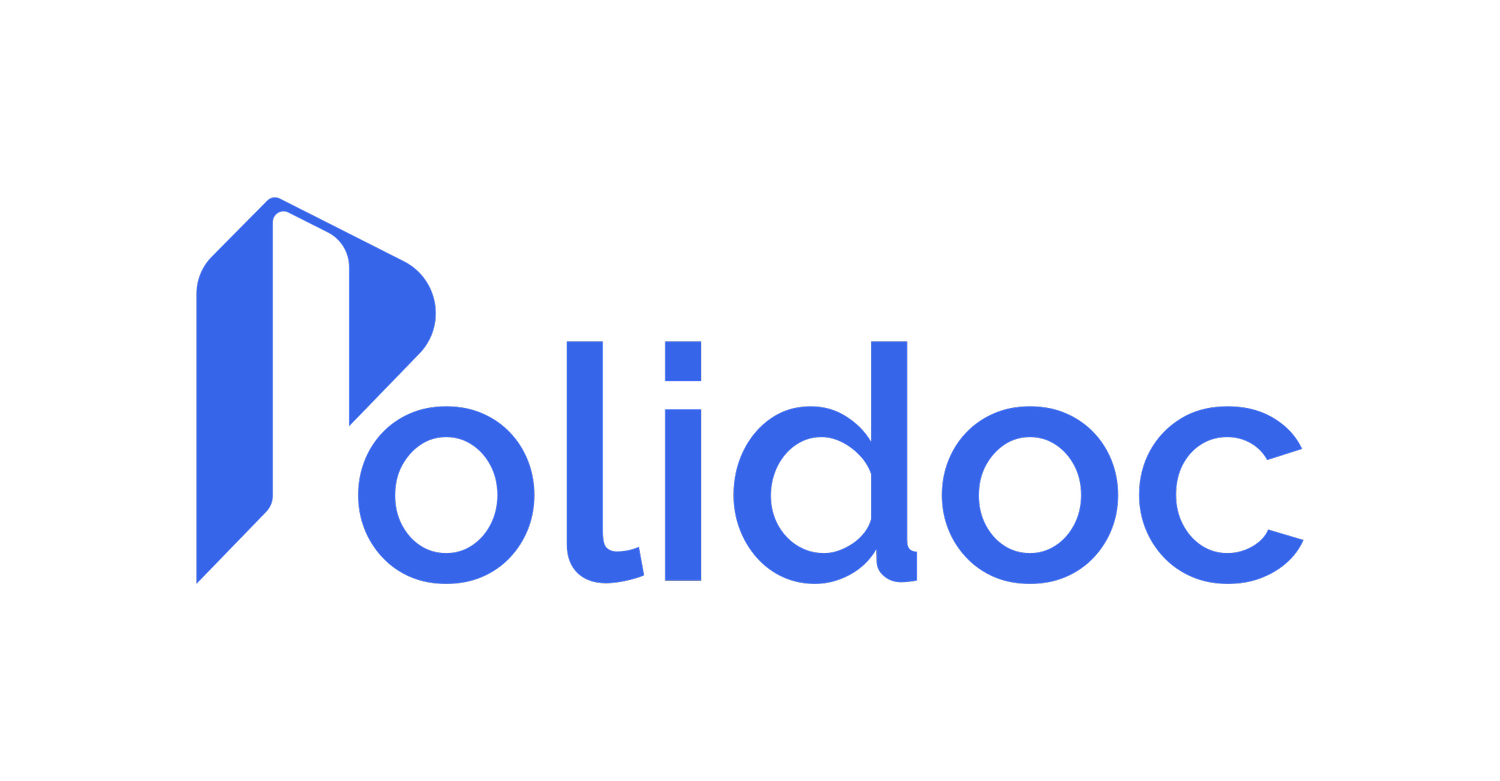Faster, Smarter Claims Letter Drafting Powered by Adjusters, Not AI
Polidoc helps insurance adjusters generate accurate, compliant coverage letters quickly, efficiently, and without relying on AI.

Smarter Workflows, Better Outcomes.
Polidoc is a workflow platform designed specifically for insurance carriers to simplify and speed up the process of creating and reviewing claims documentation—starting with coverage letters for residential property claims.
Key Features
Click-to-Select Language Assembly
Adjusters choose terms based on findings. Polidoc auto-inserts relevant policy language.
Built-in Supervisor Review Workflow
Documents can be submitted for review and feedback directly in the platform.
Transparent Letter Logic
Each letter clearly displays what was included and why, improving clarity and accountability.
No AI, No Risky Guesswork
Every decision is made by licensed professionals. No LLMs or generative AI involved.
Data Visibility for Carriers
Gain insight into what coverage items are cited across letters to monitor trends and training needs.
Streamlined Letter Generation With Built-In Accuracy
Benefits for Insurance Carriers
-
Adjusters can quickly generate standardized letters by selecting key coverage details rather than starting from scratch. This saves time, accelerates claims handling, and reduces administrative workload.
-
By using structured inputs and preloaded policy language, the platform minimizes manual entry errors and reduces the risk of incorrect or inconsistent information being communicated.
-
Ensure consistent language across all claims correspondence. Policy references are automatically pulled from a centralized repository, maintaining accuracy and alignment with approved interpretations.
-
Supervisors can easily see what was selected, cited, and communicated—enabling faster, more focused reviews and approvals. No more digging through freeform letters to identify key decisions.
-
Gain real-time insight into trends, such as commonly cited exclusions or frequently disputed policy sections. This data can inform training, underwriting feedback, or revisions to policy language.
-
New team members can begin producing compliant, high-quality correspondence with minimal training. The intuitive interface guides them through the process, reducing ramp-up time and dependency on senior staff.







